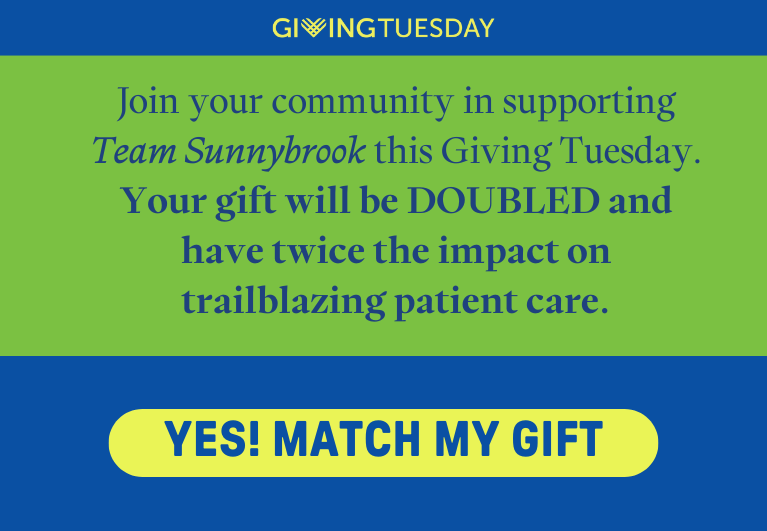Light Therapy and Antidepressant Equally Effective Treatments for Seasonal Affective Disorder
Toronto, ON - Bright artificial light therapy is as effective as antidepressant medication in the treatment of winter depression, say Canadian psychiatry researchers in a new study published in the May issue of the American Journal of Psychiatry.
The study compared the use of the antidepressant drug fluoxetine and light therapy as treatment for trial patients in four Canadian cities over three winters.
"Both treatment options produced positive results - an improvement in the patient's condition in 67 per cent of the cases - however the light therapy showed some advantages over the antidepressant fluoxetine," says Dr. Anthony Levitt, co-author of the study and Chief of Psychiatry at Sunnybrook Health Sciences Centre. "The light therapy worked faster, having a greater effect at one week's time, and it also produced less agitation, less sleep disturbance and less palpitations. The overall dropout rate however, including those due to side effects, did not differ between treatments," says Dr. Levitt, who is also a Professor at the University of Toronto.
Although light therapy and antidepressants are each known to be more effective than placebo, there have been few direct comparisons of the two treatment options until now. "This study gives patients more information about their options, providing further evidence that both light treatment and medication can help with the sub-type of major depression," says Dr. Robert Levitan, also a co-author of the study and a Psychiatrist at the Centre for Addiction and Mental Health.
Study participants received light therapy and a capsule each day. One group received low-intensity "placebo" light in addition to the drug fluoxetine. The other group received a placebo capsule and were exposed to 10,000-lux white fluorescent light for 30 minutes a day. Patients who were identified as high risk for suicide were excluded from the study.
Winter depression is the most common type of seasonal mood disorder. "We have studied the population of Ontario and consistently find prevalence rates of seasonal depression of approximately 2.7 per cent," says Dr Levitt. The symptoms may begin in the fall and include depressed mood, profound lack of energy, excessive sleeping, and overeating, in addition to reduced interest or motivation. Impaired occupational or social functioning is common.
The CAN-SAD Study was a randomized controlled double-blinded trial conducted by researchers at Sunnybrook Health Sciences Centre, the Centre for Addiction and Mental Health, the University of Toronto, the Vancouver Coastal Health Research Institute, the University of British Columbia, the University of Manitoba, Winnipeg Health Sciences Centre, and Dalhousie University.
The study was funded by the Canadian Institutes of Health Research (CIHR) and a CIHR/Wyeth Postdoctoral Fellowship Award. Light boxes were supplied by Uplift Technologies.








